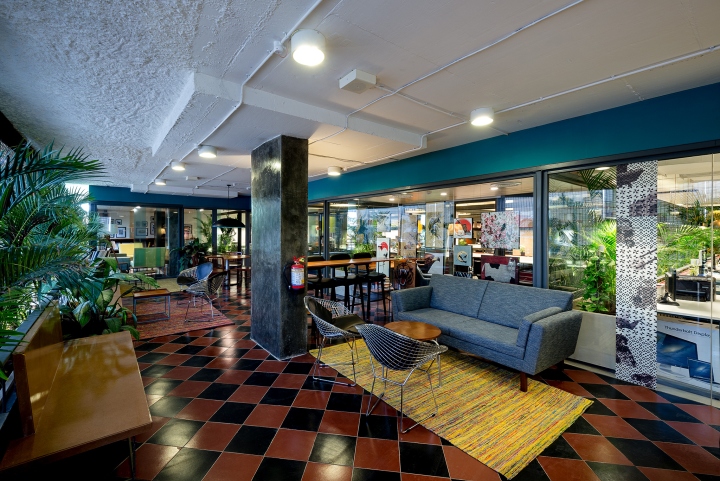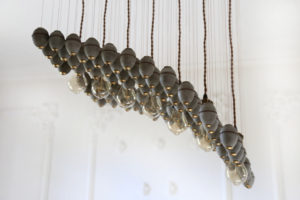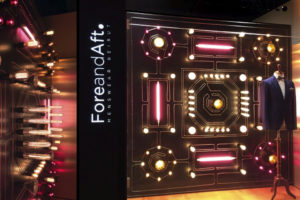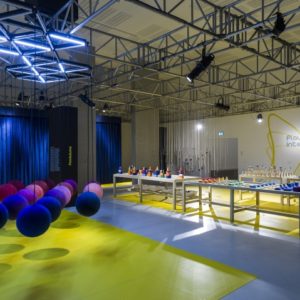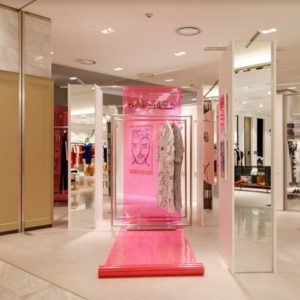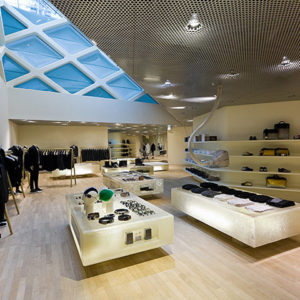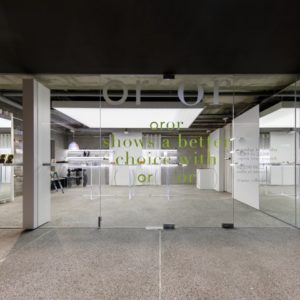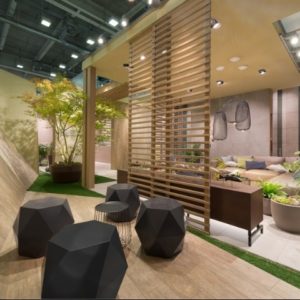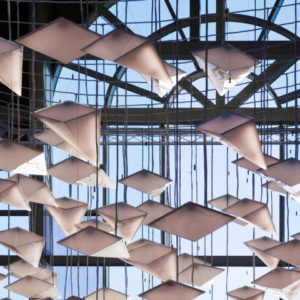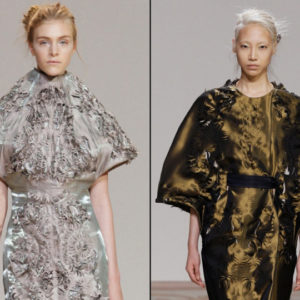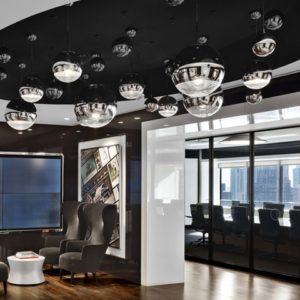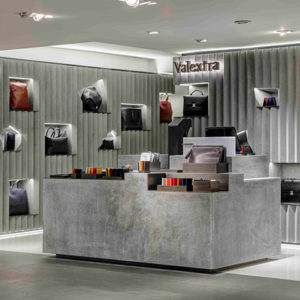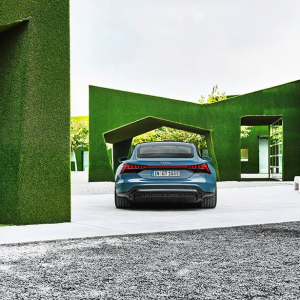
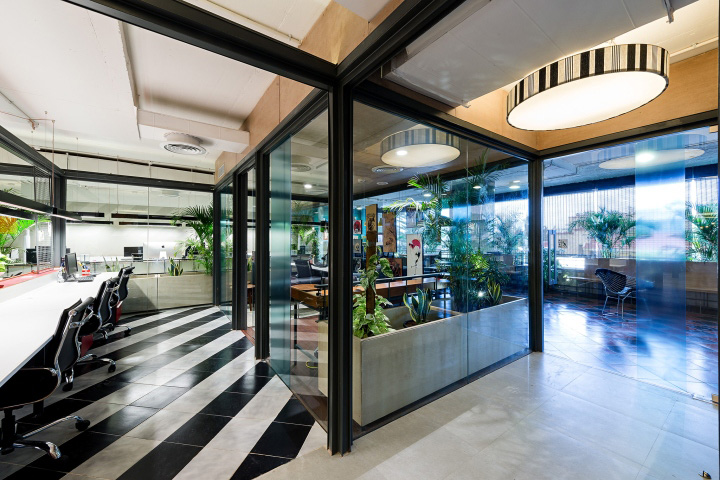

A corporate interior project on Richmond Road, Bangalore for Dentsu, a worldwide ad agency headquartered in Tokyo. The office had to house more than 120 staff members, segregated into various departments. The design direction was taken to be an energy driven youthful space and one that aids collaboration.
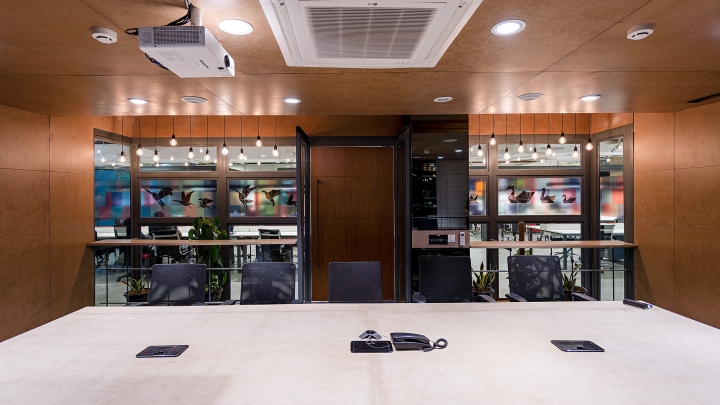
The requirements had a direct relation to spatial density which in turn meant that the quality of experience within the space had to achieve the optimum result. The end result was a young, bright and inspiring space that fosters a collaborative environment, encourages individual expression and a space that clients immediately identify as being a ‘hyper creative zone’.
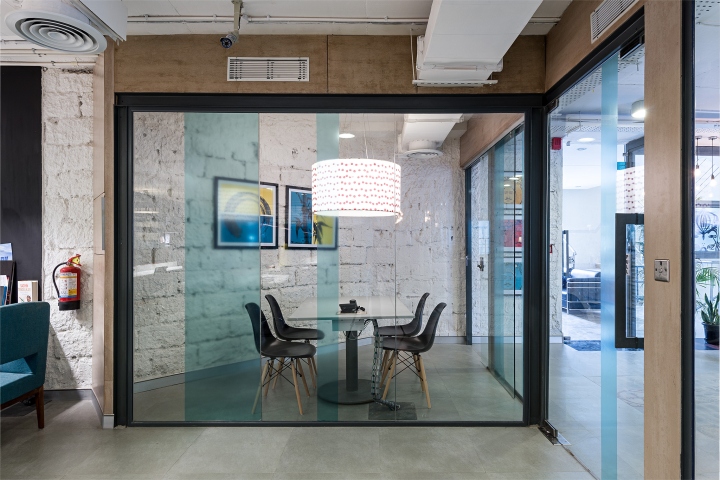
The design solution derived through the interior design would manifest the brand’s values and redefine the Dentsu work space. By changing spatial perception it is possible, as designers, to trigger different behaviors and approaches in end users. For example, an attempt made toward shifting the regular meeting experience led to meetings which do not happen only around a conference table. Both client and designer understood the limitations, and therefore had similar concerns and input. The result is a space that invites you to linger, share ideas and create innovative products and solutions.
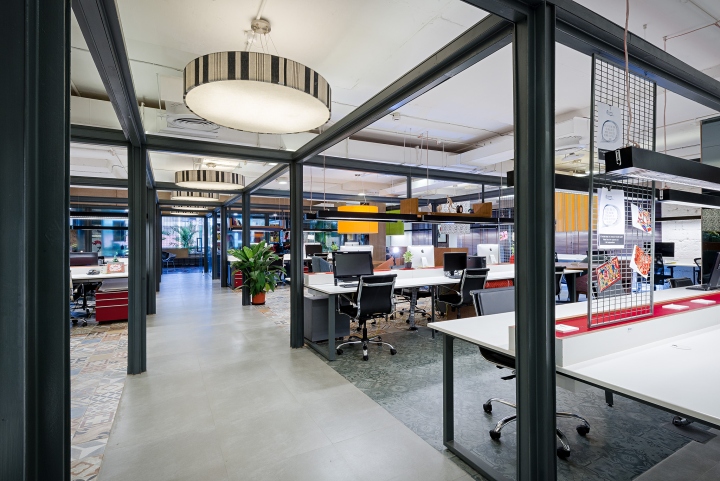
THE OFFICE LAYOUT is segregated into three sections namely, the finance area, the open office and the ‘verandah’. The office combines 2 needs in a single location; co-working space and private cabins. Thus, the office layout tends to be less rigid and simple. The open plans and carefully placed planters create cafe-like atmosphere and promote creativity and transparency.
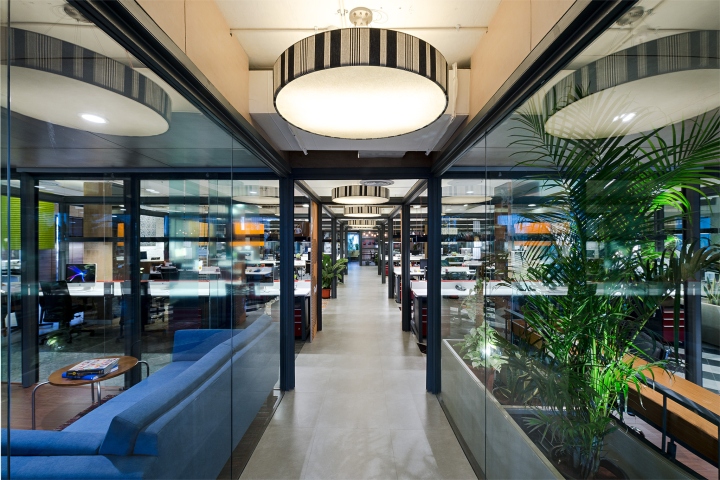
The absence of vertical surfaces between work stations promotes a sense of collaboration in the open office. The sense of individual yet communal workspace is explored in depth in the resulting design.
The selection of materials: Colored glass, stained wood, graphics, fabric, patterned tiles, metal frames; carpets and tiles became the canvas to begin drawing what would become an office space that reflected the essence of the collaborative ideology. Mid Century Modern furniture in a bright color palette with quirky highlights in the upholstery and cushions would add that sense of youthfulness, spur creativity and inspire an inviting work environment.
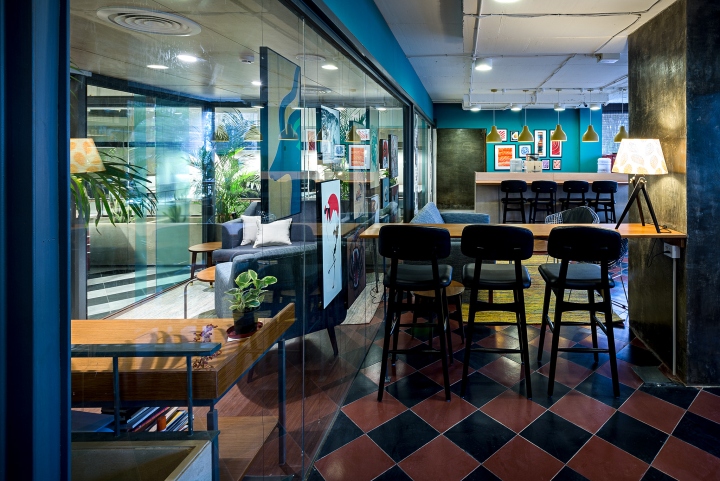
The open workstations, a central undivided work surface allows for interaction among the team members. Circular tables spread across the office act as islands for discussions and general interaction among the linear work stations. Huge cylindrical lanterns suspended from the ceiling add to break the space and delineate these discussion areas.
THE GRID – the creative nerve center at the core of the experience; an open office grid intended to be a chaotic, loud and high energy space for all the departments of the Dentsu creative team. It is a metal grid structure located centrally within the office from which lighting, panels, pin-up boards, storage systems and planters can be suspended. This “bazaar-like” space is a vibrant and inspirational, differentiating between teams and their functions while opening up to pockets of interaction. The structure made of painted mild steel sections allows for a great degree of customization ability to individualize his/her work areas. Its use of inexpensive materials /systems meant that it didn’t rely on skilled labor for implementation.
CABINS are dispersed across the office and have been designed to fit their unique user requirement. The cabins, located amidst planters, are designed like living rooms where conversations take place in a casual setting rather than across a table. The graphical tinted films on glass lend a sense of visual privacy to these rooms and to emphasize organizational hierarchy.
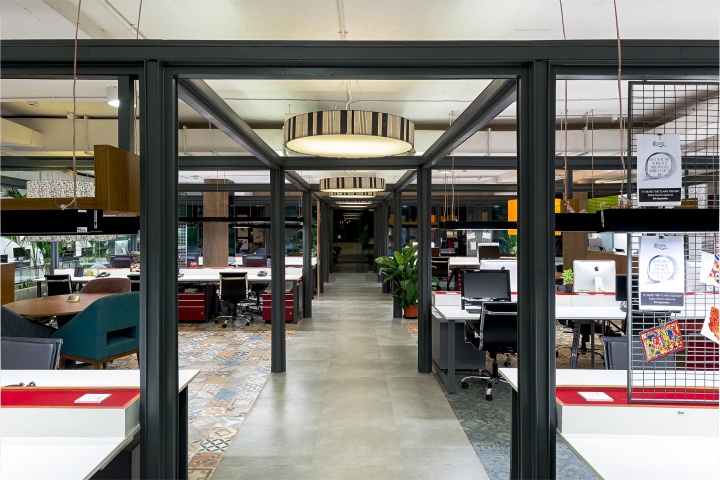
THE VERANDAH is an open space at the rear of the office. It is a hangout space where the staff can unwind. It also functions as a space where informal meetings can be held in an outdoor atmosphere. A quiet, “library” area was incorporated into the office next to the verandah which doubles as a phone booth. It is a glass block nestled between the plants and the open office. Doors can be slid open making it part of the larger outdoor experience or closed to form a private meeting space comfortable for brainstorming or quiet contemplative space for design inspiration.
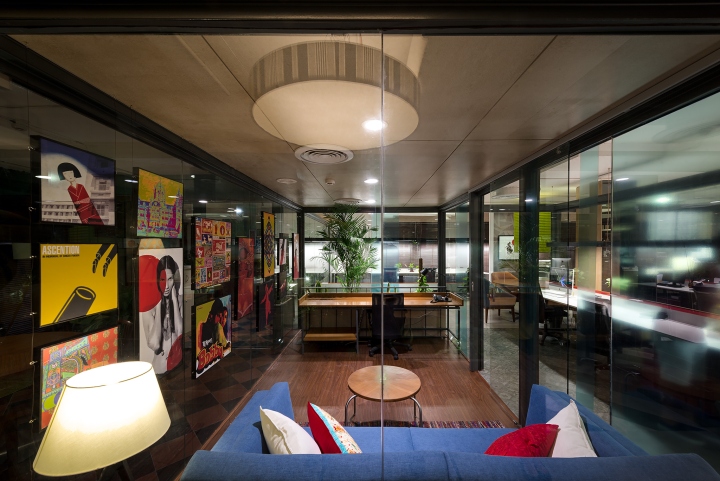
The office also has balconies flanking each workspace. Potted plants line the periphery of these balconies making them a space for the staff to step out and take a break. The railings are designed to include a ledge and seating ideal for a mini break from the office environment.
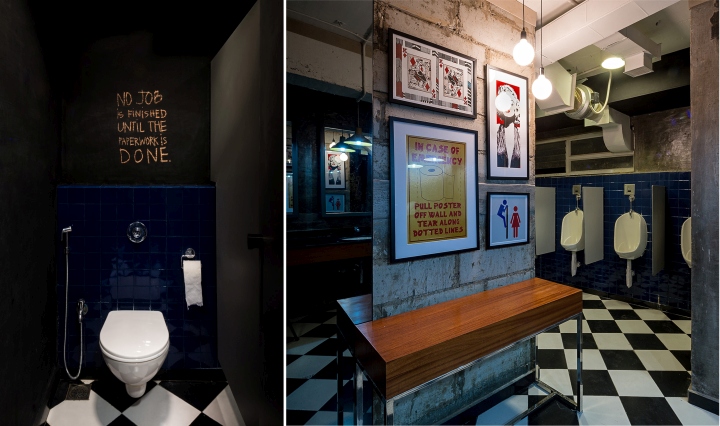
GRAPHICS play a great role in this project. The application of graphics was intended to provide relative privacy for the separate functional areas of the office. Through this process a conscious direction for the graphics was taken by designers and developed with Dentsu’s in-house graphics team. Graphics printed on translucent or opaque film; vinyl and canvas are placed strategically, enhance the spatial quality and act as points of visual interest in the open space.
Design: Praxis Inc. / Rajiv Majumdar / Neha Sapre / Jubin J. / Sagar K.
Photography: Rajiv Majumdar
